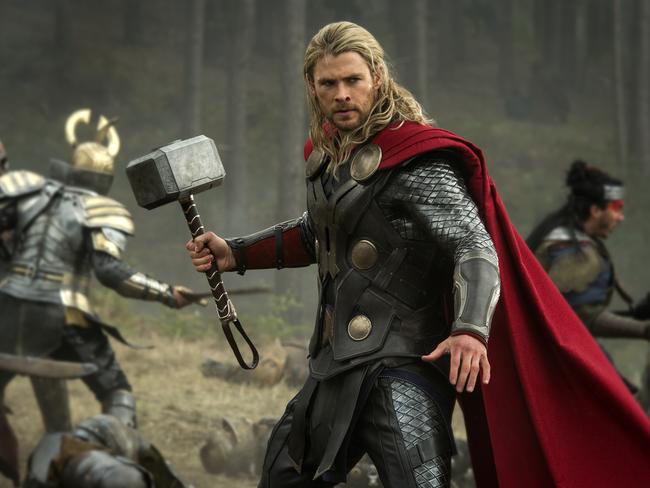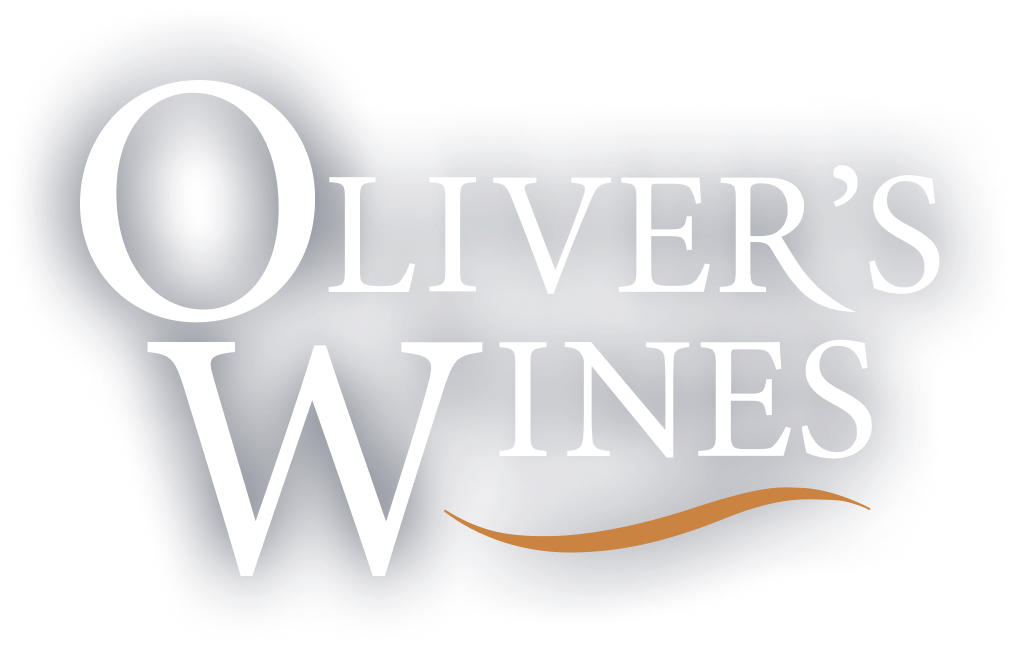As we enter 2024, with an Australian wine industry struggling under the weight of unprecedented unsold stocks that are filling tanks which should be empty in anticipation of the coming 2024 vintage, you can depend upon this industry’s ability to regurgitate dream-based unreality and complete ignorance of truth as the foundations of its strategy to seek better times.
Yesterday there was an article in The Australian newspaper by business reporter Giuseppe Tauriello which blamed China for Australia’s current wine glut, quoted a winemaker whose marketing solution was to recruit Hollywood’s Thor, and reported that the strategy favoured by Lee McLean, the CEO of wine’s peak industry body, Australian Grape and Wine, was to work harder to get younger people to drink more wine.
With that level of wisdom doing the rounds, I suggest anyone involved in the wine industry start working hard on their golf handicap. Immediately.
Anyone who actually believes the tariffs imposed by China caused our oversupply doesn’t get it that China’s emergence as a wine market actually put a 10-15 year bandage on an already dire situation over here. Check the data if you feel otherwise.
Tauriello did however report correctly that our winemakers believe the issues facing the industry run much deeper than that. They certainly do, and the skeletons are buried everywhere.
Australian winemakers are fed daily misinformation suggesting that China might return to something like its previous scale as an export market and that India, which is coming off a very small base, which is Hindu and which also has its own wine industry which it prefers not to tax, is their best long-term bet. Despite a general consensus that Indian wine market will increase by less than 20% over the next 4-5 years. China is a today very different market and my guesstimate is that it might return to around $250-$300 million (from a previous high around $1.5 billion) for a variety of reasons – although I sincerely hope I’m wrong. But don’t forget what you probably haven’t yet been told: most of our prior exports to China were though Chinese citizens seeking Permanent Residency here and trading wine to meet government visa requirements; a solid foundation indeed for a wine export strategy.
One of the major problems when trying to solve the mess of Australian wine from roles within either Government body (Wine Australia) or the industry itself (Australian Grape and Wine) is that your role forces you to treat all your constituents equally. This is why Lee McLean says his group and Wine Australia needs to ‘go about tailoring (a solution) that in a way that allows everyone in this really diverse industry that we’ve got here in Australia, to fall under that strategy and be part of it’.
That is also patently impossible. Today, even in these difficult times, there are wine businesses that are doing well and making good profits (even if less than 4-5 years ago). There are also wine companies with vineyards they can not afford to harvest because the tanks in their winery remain totally full because they haven’t sold much wine over the last 5 years and they can’t afford to bottle the wine they made back in 2021 or even earlier. There are wineries in rightly famous regions whose location and brand command a premium in the market. There are others in regions that should never have been planted at all. There are brands whose teams are focused 24/7 on maximising the quality they deliver but there are plenty more whose staff simply turn up for their 9 to 5 job. There are luxury wine brands and there are brands that are little more than FMCGs (fast moving consumer goods). How on earth can you tailor a solution that works for all them?
According to The Australian, McLean said ‘One of the key things that we want to try to figure out is how do we attract new consumers to the category’. But is it possible to allocate all the wine made in Australia to a single category? Brands succeed all over the wine world because people like the wines and the stories behind them. Does a consumer fall in love with the taste of a wine simply because it comes from a particular country, or might it be a little more complicated than that? Do you buy a bottle of Morris Muscat just because the label says ‘Made in Australia’ or because you have tasted it before and want some more?
And how can you tailor a marketing solution for an industry that can only sell about half its production at full price, whose producers have no idea by and large who their customers actually are or indeed what they want, and is largely and excessively focused on making kinds of wine that nobody really wants to drink?
Does the solution concern the identity of Australian wine? Can Australia simply market itself out of this problem? Will marketing alone persuade consumers to start drinking wines they currently choose not to buy? Or is there something rather more fundamental at stake?
The notion that you will grow and make and they will come and buy is totally defunct and has been ever since Australian wine decided to supersize itself a few decades back. Sure, some brands and producers have done exceptionally well – just look at YellowTail and Penfolds – but wasn’t it the idea that Australia would become the world’s fourth largest wine exporter and its most profitable one at that? Right now New Zealand exports about 50% more wine (by value) than Australia does. Think on that for a moment. Whatever your feelings might be about Kiwi sauvignon blanc, it has a name, it has a market and people (if not the wine drinking elite) certainly enjoy drinking it.
Australia actually needs to make better wine that more people want to drink more of and at a more attractive price. Ouch! This is one of the lumpiest of the herd of elephants in the room occupied by Australian wine right now. For what we generally rate highly, the rest of the world doesn’t. That reality will remain a problem until more producers get their heads around it.
Mark Maxwell of Maxwell Wines in South Australia’s McLaren Vale believes Thor (Chris Hemsworth) can replicate the success of now-retired American wine critic Robert Parker jnr as the next ‘ambassador’ for Australian wine in the US. I’d suggest he might be more careful what he’s wishing for, since Robert Parker was an ambassador for Australian wine in the same way we are now learning Big Pharma is a standard bearer for community health.
As Maxwell is well aware, Parker championed a single kind of ultra-ripe, high-alcohol expression of Australian red, largely from McLaren Vale (funny) and the Barossa Valley that was nearly always made from shiraz. Some makers voted with their feet for this style, changing gear to suit the newly-awakened American wine buyer, making in the process wine more akin to shiraz soup that was totally unfamiliar to the Australian buyer. I remember writing at the time that this was just fine for those makers so long as no American actually tried to drink the Australian wines they had purchased. Sure enough, this did happen eventually, and the reputation of high-end Australian wine in the US died that instant. The memory has lingered…
I have never met Chris Hemsworth and other than through the movies I have watched with my son, I know very little about him. I do however know that the premium US wine buyer is most likely to react to messages of quality based on knowledge of wine, their particular buying habits and their unique market. I’m very optimistic about Australian wine’s chances in the US, but it’s more about a careful introduction of brands and styles into well-researched markets and demographics than it is about reminding them that the guy who plays Thor has an authentic Australian accent, whenever he chooses to use it.
To conclude, I honestly believe that neither government or industry bodies can rescue Australian wine, most of which is for sale right now. The sons and daughters of most of those who set up our small wineries have seen the toll it’s taken on their parents and want nothing to do with wine production. Hard to blame them. And the owners of most of the big producers would welcome an offer.
What’s going to resolve it? Economics. Your company loses value when your products aren’t in demand. Changes in ownership occur or vineyard owners seek another use for their lands. Huge areas of vines need to be removed and unprofitable wine businesses need to be sold at a price that makes them viable for their next owners to operate. It won’t be pleasant to watch. But neither has been the destruction of our capital cities and the small businesses that used to give them life. These are the times we are in. And a new image, Thor or otherwise, is not what it’s about.













